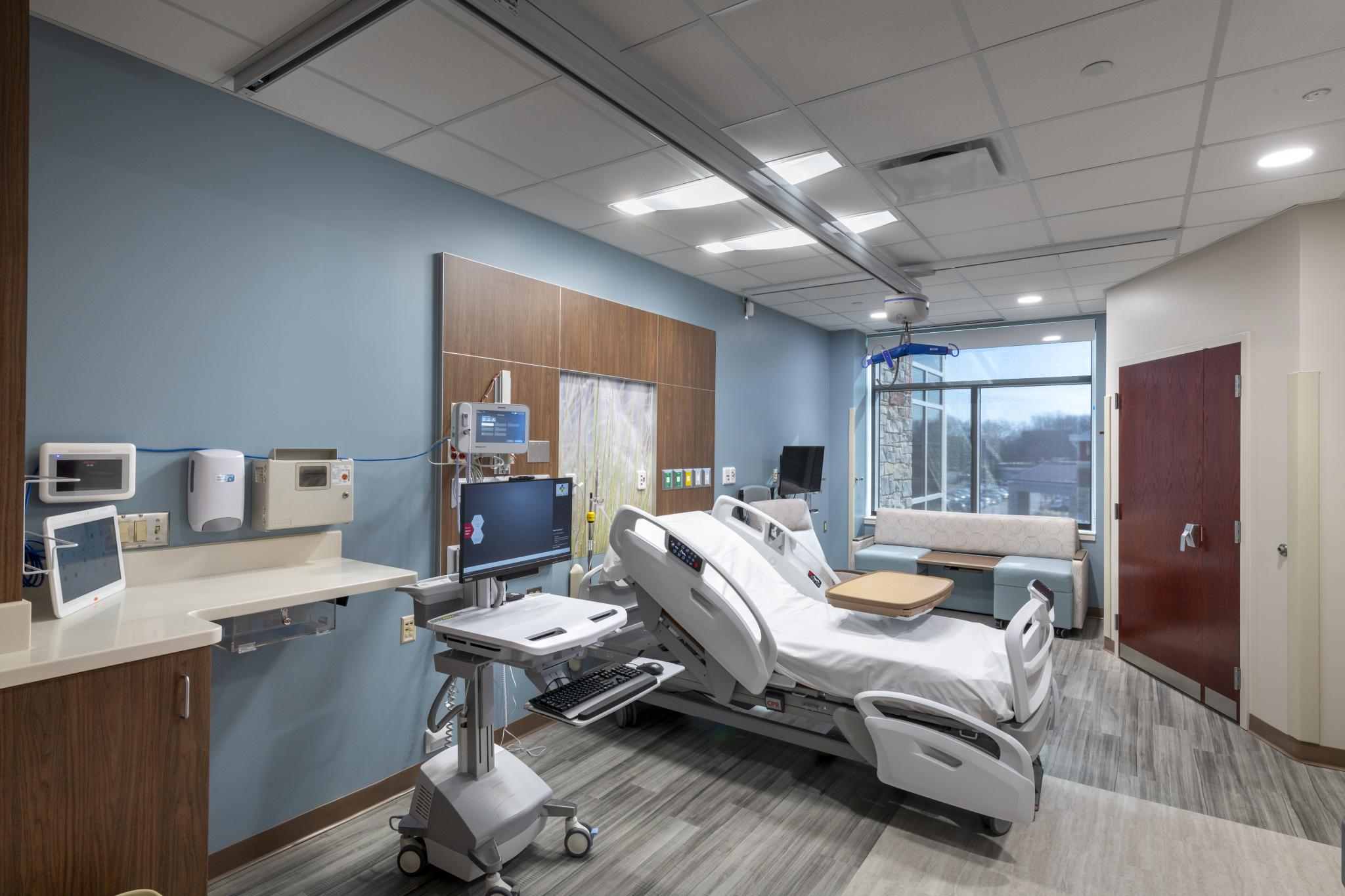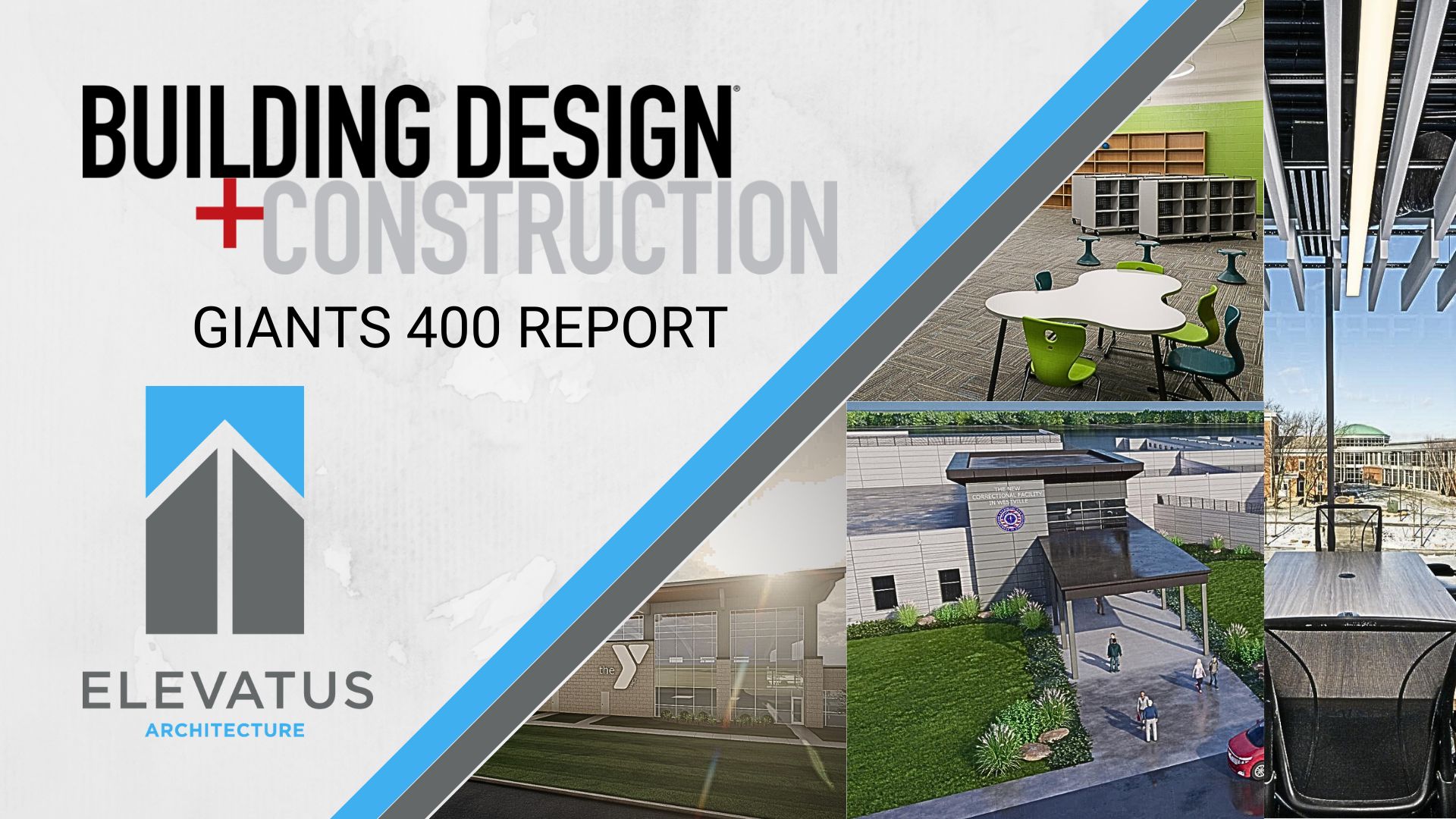Innovations in Modern Healthcare Design: Enhancing Healing Environments

In the architecture industry, few sectors demand innovation and adaptability like healthcare design. The evolution of healthcare architecture has been marked by a constant pursuit of creating spaces that not only accommodate medical needs but also prioritize patient comfort, staff efficiency, and overall wellness. As we step into a new era, several trends are reshaping modern healthcare design, paving the way for enhanced healing environments.
Patient-Centered Design
At the heart of modern healthcare design is the principle of patient-centered care. This approach acknowledges the importance of designing spaces that prioritize the needs and experiences of patients. From welcoming reception areas to comfortable patient rooms infused with natural light, modern healthcare facilities are designed to promote a sense of calm and well-being.
Flexible and Adaptable Spaces
Healthcare needs are constantly evolving, requiring facilities to be flexible and adaptable. Designing spaces that can easily be reconfigured to accommodate changes in technology, patient flow, and medical practices is essential. Modular furniture, movable partitions, and multipurpose rooms allow healthcare facilities to respond swiftly to changing demands without major renovations.
Technology Integration
The rapid advancement of technology has revolutionized healthcare delivery. Modern healthcare design incorporates state-of-the-art technology seamlessly into the built environment. From telemedicine suites to smart patient monitoring systems, technology integration enhances efficiency, improves patient care, and enables healthcare providers to deliver services more effectively.
Biophilic Design
Biophilic design principles emphasize the connection between humans and nature. Incorporating elements such as greenery, natural materials, and access to outdoor spaces into healthcare facilities has been shown to reduce stress, promote healing, and improve overall well-being. Healing gardens, indoor plantscapes, and views of nature from patient rooms are becoming increasingly common features in modern healthcare design.
Sustainable Practices
Sustainability is no longer a choice but a necessity in modern architecture, and healthcare design is no exception. Sustainable practices not only reduce the environmental impact of healthcare facilities but also contribute to improved indoor air quality and occupant health. Energy-efficient building systems, recycled materials, and green construction techniques are integral components of sustainable healthcare design.
Collaborative Spaces
Collaboration is essential for delivering quality healthcare. Modern healthcare facilities incorporate collaborative spaces where multidisciplinary teams can come together to discuss patient care, share ideas, and innovate. Designing open, inviting spaces that encourage communication and teamwork fosters a culture of collaboration among healthcare providers, ultimately benefiting patient outcomes.
Wellness Amenities
Recognizing the importance of holistic health, modern healthcare facilities are integrating wellness amenities to promote physical activity, relaxation, and social interaction. Amenities such as fitness centers, meditation rooms, and community gathering spaces enhance the overall patient experience and contribute to a sense of community within healthcare environments.
The landscape of healthcare design is undergoing a transformation driven by a commitment to patient-centered care, technological innovation, sustainability, and wellness. By embracing these trends, architects and healthcare providers can collaboratively create environments that not only support healing but also inspire hope and well-being. As we continue to push the boundaries of design, the future of healthcare architecture holds promise for healthier, more resilient communities.


